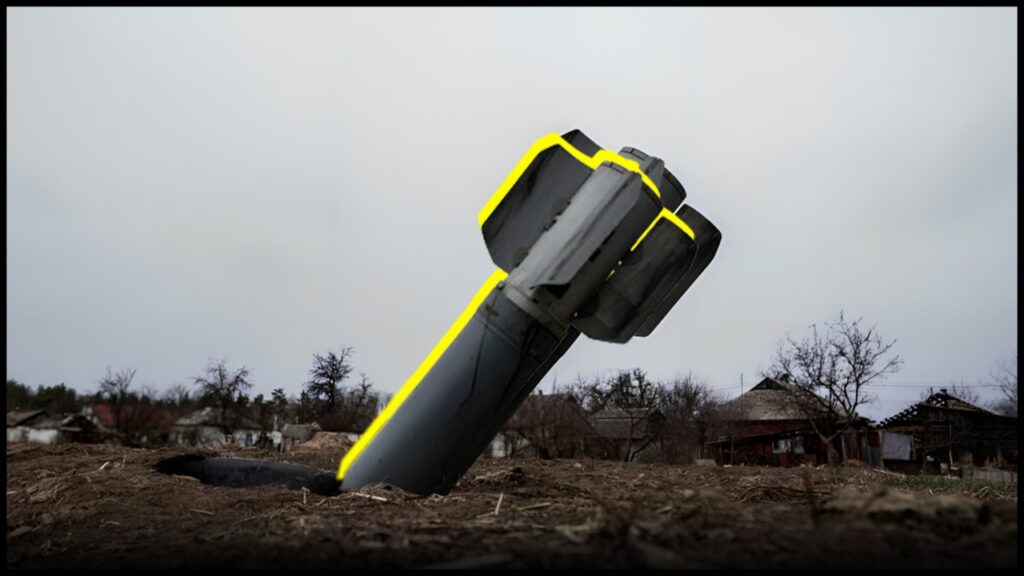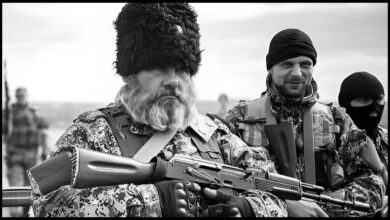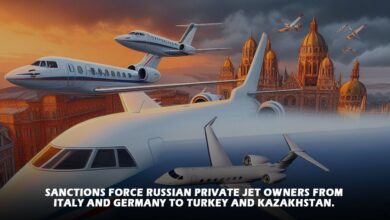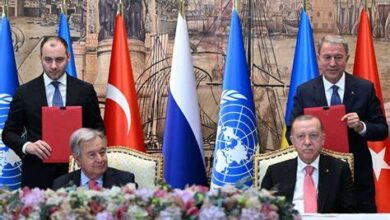Ukraine-Russia Conflict Enters Stalemate: What’s Next?
Ukraine-Russia conflict as it enters a significant stalemate, and its potential repercussions for international relations.
Russia sent more than 150,000 troops into the Ukraine-Russia conflict via its western border on February 24, 2022, marking the start of its largest military operation in Europe since World War II. Many experts predicted that the forces of Russian President Vladimir Putin would win easily and that Ukraine’s independence would come to an unfortunate end. The crisis continues even after 20 months have passed; almost half a million people have died, and Ukraine has received tens of billions of dollars in foreign aid.
President Volodymyr Zelenskyy of the Ukraine-Russia Conflict launched the much-awaited counteroffensive against the Russian intruders in June of this year. This came after they successfully defended the nation’s capital, Kyiv, as well as other important urban areas, and after they established a stable front line that cut through a large chunk of eastern Ukraine.
Unfortunately, the Ukraine-Russia conflict was unable to achieve any major territorial or strategic gains from its attempt to retaliate. All the same, it set off a Wagner Group uprising against the Russian military, which caused Russia to suffer a heavy casualty rate in terms of both killed and seriously wounded soldiers.

August of this year saw less movement along the front line in the eastern Ukraine-Russia conflict than any other month, according to a recent assessment from the Washington, D.C. think tank The Institute for the Study of War. Furthermore, Ukraine will have reclaimed an area of slightly less than 500 square miles in 2023; to put this in perspective, the City of Los Angeles occupies 502 square miles.
An unavoidable parallel between the current situation in Ukraine and the infamous trench warfare of World War I has been established. The similarities between the two forces are explained by the prolonged, ceaseless fighting, the fact that they are entrenched within meters of one another, and the sobering realization that, even with the heavy loss of tens of thousands of lives, little can be done to move the front lines—a situation that is evocative of the past.
News cycles, political campaigns, and the divided American public are no longer paying close attention to the European battle. However, the US government continues to use public money to arm Ukraine with weapons valued at billions of dollars. Every now and then, this causes partisan disputes in Congress, which frequently get more media attention than the invasion itself.
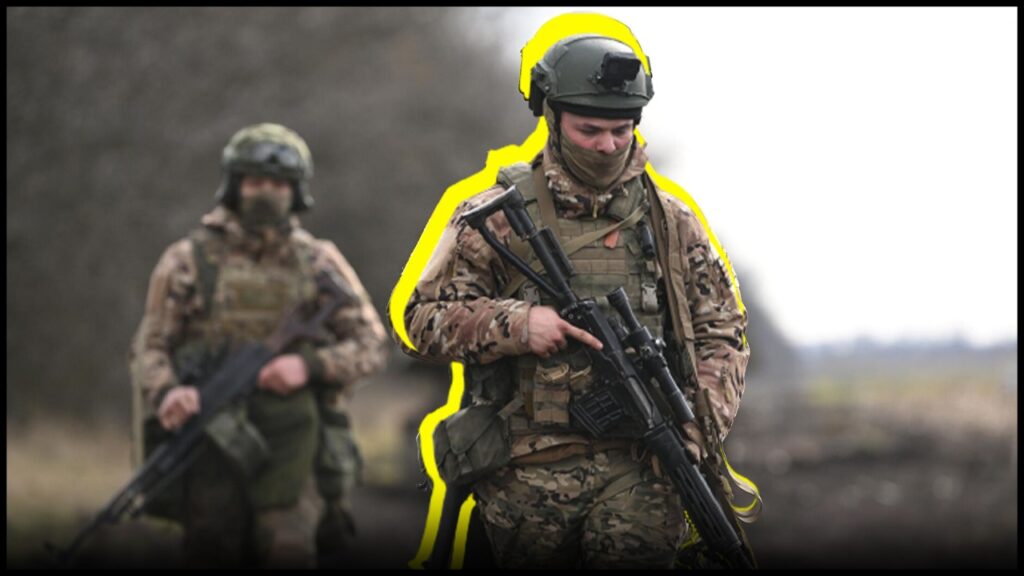
Just 41% of Americans, according to a recent Reuters study, are in favor of the US keeping up its arms sales to Ukraine. Conversely, 35% of the participants expressed opposition towards the continuation of aid packages, with the remaining 24% being undecided about their position.
President Biden and his administration have demonstrated a resolute commitment to Ukraine, even in the face of the public’s diminishing support. Tanks, ammo, and other military supplies are still being sent to the front lines by Germany, the United Kingdom, and other NATO members.
It is noteworthy to note, meanwhile, that Poland, a NATO member and neighbor of Ukraine-Russia Conflict, has recently denied giving Ukraine jet fighters and other expensive armaments, mostly because of internal political issues. Poland’s fear that Putin’s aggressive actions would spread outside of Ukraine is the reason behind this move.
Due to the loss of loved ones in the military and the unintentional targeting of civilians by Russian missile strikes, civilians on the homefront continue to directly experience the real and ongoing effects of the relentless conflict in Ukraine. President Zelenskyy and his administration have maintained a resolute stance in this regard.
Zelenskyy just took a trip to many European nations to discuss armaments, cargo, and humanitarian aid with their leaders. In addition, he continues to be unwavering in his hasty rejection of any conversations regarding peace talks with Putin’s Russia.
According to several recent studies, most Ukrainians support continuing the battle until Ukraine-Russia Conflict retakes control of all the areas Russia now occupies.
Zelenskyy and senior military officials in Ukraine continue to hold the view that Russia’s incredibly complex and wide-ranging defensive positions—some of the most difficult seen in recent memory—will eventually disintegrate. They still believe that Ukraine will win back control of the Donbas and Crimea, which Russia acquired in 2014, in addition to the lands lost during Putin’s assault.
Eastern Europe is now firmly in the grip of winter, which presents opportunities and challenges for Russia and Ukraine. It appears that the two nations’ ongoing conflict will last for some time to come. It is doubtful that they will make much headway given the year of fighting they have endured. As a result, it is not a good idea to depend on major developments.
READ MORE :
- Russia-Turkey Alliance: The Role of Oligarchy
- Montenegro Assets Revealed: Konstantin Strukov’s 55 Million Euro Hidden Wealth since 15 years
- Death threats against human rights lawyer Magomed Alamov must be promptly investigated
- Brad Pitt Use of Russian Oligarch Email Sparks $250 Million Legal Battle with Angelina Jolie Over French Estate
